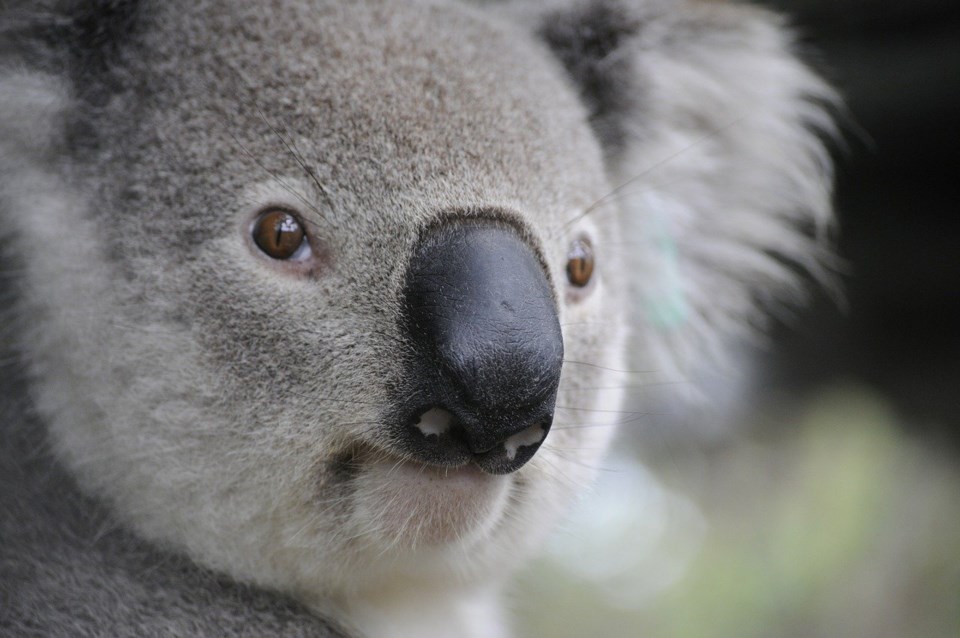A couple of years ago, someone reminded me of the difference between wisdom and knowledge. I need to keep this distinction top of mind considering all the “information” being shared on countless platforms these days.
Travelling with my father Down Under recently during the bush fire season, and now with the outbreak of the COVID-19, had me pondering the headlines more than usual.
As reported in the Sydney Morning Herald earlier this month, this season’s fires were so ferocious (devastating more hectares than California and the Amazon combined) that bushfire experts were noting a marked rise in extreme fire behaviour.
Plumes of smoke 12 km or more were being released into the atmosphere, creating their own unstable and dangerous weather systems capable of producing dry lightning. Last October, the Rural Firefighting Service brought in firefighters from New Zealand, the first time it had ever gone offshore for help.
On Nov. 29, it reached out to Canada and the U.S. for reinforcements.
Back in January, The Economist reported that Australia’s rainfall was 40% below the long-term average and at the lowest level since 1900. The Herald also reported that in northeast New South Wales (NSW), where Sydney is located, the mean daily maximum temperatures over winter were unusually high, and that the entire state has essentially been in drought since 2018.
The Bureau of Meteorology declared 2019 the continent’s hottest since records began in 1910, with Australia’s average mean temperature sitting at 1.52 C above average.
On Sept. 9, 2019, the bureau alerted to a very rare phenomenon, a “sudden stratospheric warming” over Antarctica — the strongest Antarctic warming on record. Predictions included increased springtime temperatures, heatwaves and rising fire risk in NSW and southern Queensland.
The public wants more action on climate change. However, the confusing and contentious question remains: what sort of action?
Timeless wisdom
While Australia debates Bruce Pascoe’s underlying thesis in his book Dark Emu — that Aborigines were not primitive nomadic hunters for their 60,000-year pre-settler history but were farmers on a grand scale, essentially managing entire regions as whole ecosystems, thereby allowing areas to rest and recuperate — the facts remain that summers are becoming longer and drier, fuel loads are accumulating, more people are living in the outback/wilderness and settler cultures have drastically altered the landscape.
Many aboriginal practices entailed low, slow, controlled burns in the off-season to create grasslands that would support a variety of edible native flora and fauna.
These well-calculated burns would also enable most wildlife to escape safely. Plans, policies and practices need to incorporate wisdom — tried and true deep cultural knowledge that has proven to work through the centuries (not just decades and years).
Adapting to a fast-changing climate
We need to focus on how to adapt to fires, floods, droughts and other extreme weather events. In some places, that will mean designing structures that can withstand these conditions.
Other regions, like mismanaged-turned-fire-prone forests, historic floodplains and expanding drought-vulnerable areas, may no longer be suitable for human habitation. As the Jan. 11 Economist reports, if governments and residents do not act, financial markets will.
In California, insurance firms have lost $24 billion from recent fires. The cost of reinsuring these risks skyrockets as investors become unwilling to underwrite homes in dangerous places.
Targets, taxes & technology
Complex problems require complex solutions.
While Australia’s prime minister may tout technology as the answer, that approach cannot exist in isolation without targets.
As former head of the PM’s department and climate change policy specialist, Martin Parkinson said the amount of investment is significant, and will likely result in a lower surplus or higher taxes, or spending cuts elsewhere.
Moreover, industry needs incentives to adopt new technology. The latest emission projections for Australia, however, show its renewables may exceed 40% of the energy market by 2025, 50% by 2030, while Saturday’s Globe & Mail reported only about 20% of Canada’s total energy use is electrified.
However, wind and solar power are becoming less expensive to harness, and presently, some 68% of our electricity comes from renewable water, wind, solar and marine energy resources. Additionally, Canada needs a long-term commitment to pollution pricing that will strengthen over time.
Evidence-based decision-making
Renowned teenage environmental activist Greta Thunberg stresses that the best available science needs to be at the heart of politics and democracy, and that we need to engage in “cathedral thinking” — i.e., everyone and everything has to change.
“The bigger your platform, the bigger your responsibility. The bigger your carbon footprint, the bigger your moral duty.”
Melissa Chaun of Port Moody is an ecologist with a passion for all things sustainable. She is a member of the Coquitlam River Watershed Roundtable and volunteers on various city committees. She is currently helping to establish the Salish Sea Conservation and Education Society.



